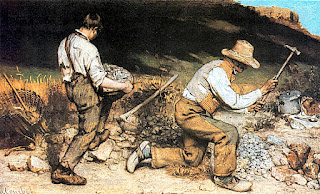Baroque/Renaissance Blog
The Head of Medusa- Peter Paul Rubens
History: The Head of Medusa, 1617-1618 by Peter Paul Rubens.
Her serpentine locks writhing hideously, lies on a stony ledge in a landscape.
Some of the intertwined snakes bite one another and others give birth, while
drops of Medusa's blood are transformed into still other tiny vipers. The
iconic Medusa was painted by the prolific master Michelangelo Merisi da
Caravaggio in 1597. He painted two versions of the work - the first one
in 1596, known as Murtula, belongs to a private collector, while the second
painting known as just Medusa made in 1597, slightly bigger than the first, is
held in the Florentine Uffizi Museum.
Tone: Through his manipulation of the human form, Rubens was
able to create captivating paintings that were filled with vigor and action. As
most of his paintings featured groups of individuals, Rubens was able to
capture the essence of movement through portraying twisting figures.
Color: The colors in this painting are dark, making the
scenery look more serious, and a little depressing. Her serpentine locks
writhing hideously, lies on a stony ledge in a landscape. Medusa's horrible
face is wide-eyed and of a deathly pallor with shadows. The ground rises
steeply at the back right and in the left distance is a landscape prospect. I
believe that the dark colors also make the scene appear more realistic.
Reflection: The Head of Medusa, which he created between 1617 and 1618. Depicting the decapitated
head of Medusa with her serpentine locks monstrously writhing around on a stone
ledge, Rubens captured the wide-eyed horror and deathly pallor of her face in
death.
.jpg)



This piece is amazing and I definitely agree the dark colors make it seem more realistic. Also really enjoyed the way you talked about the painting, in such great detail. Great post! Thanks for sharing!
ReplyDelete